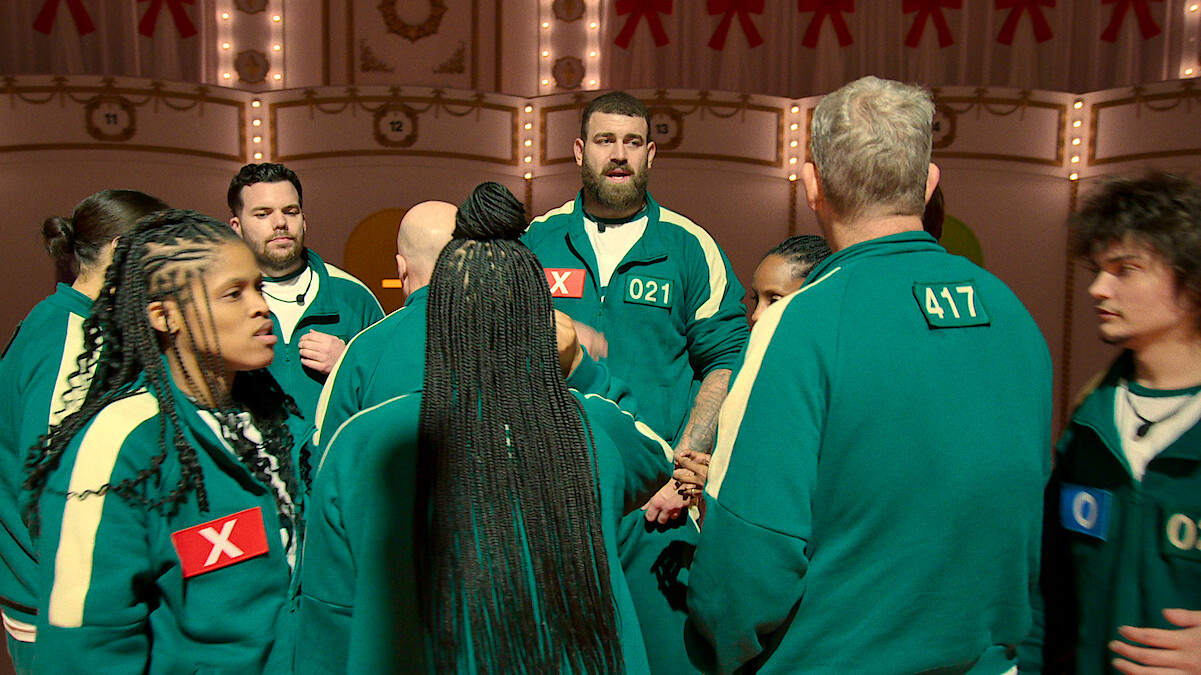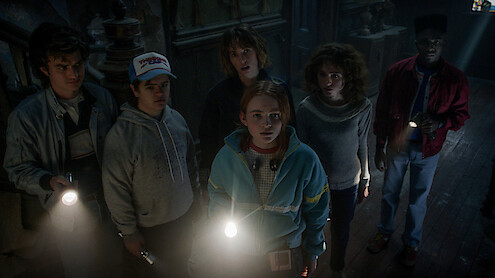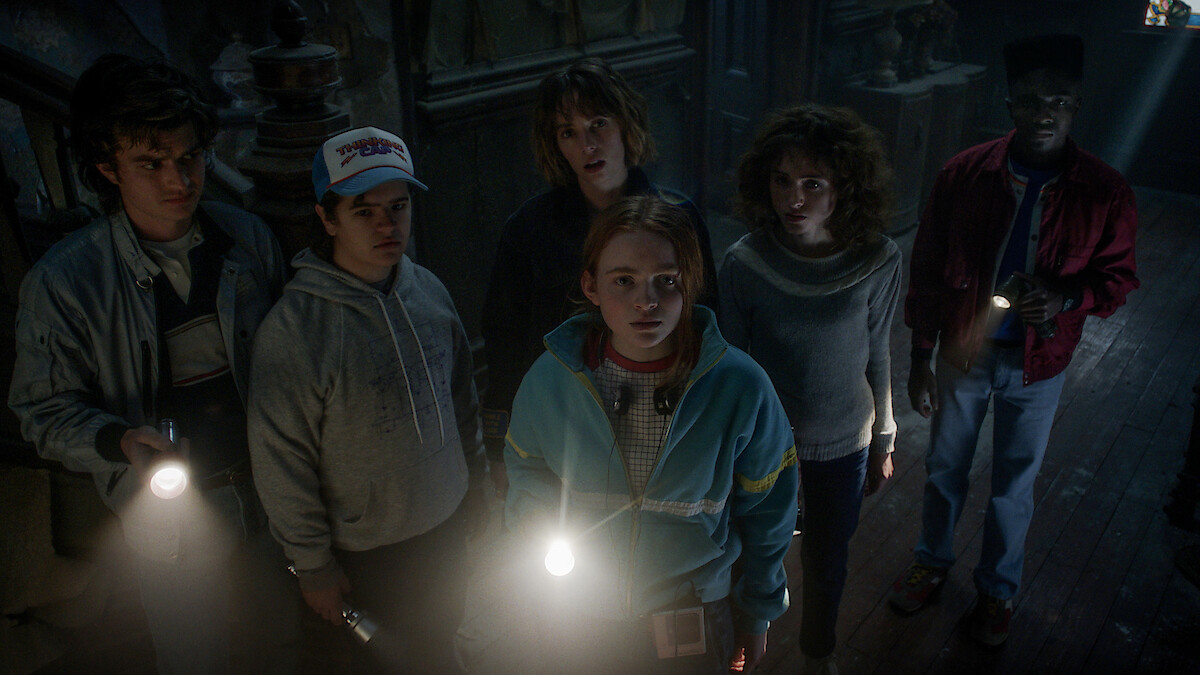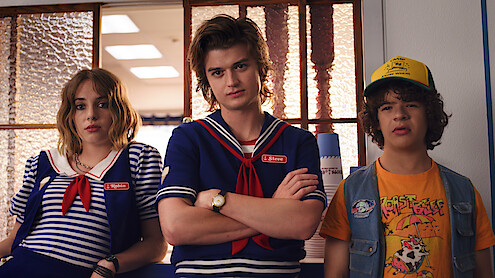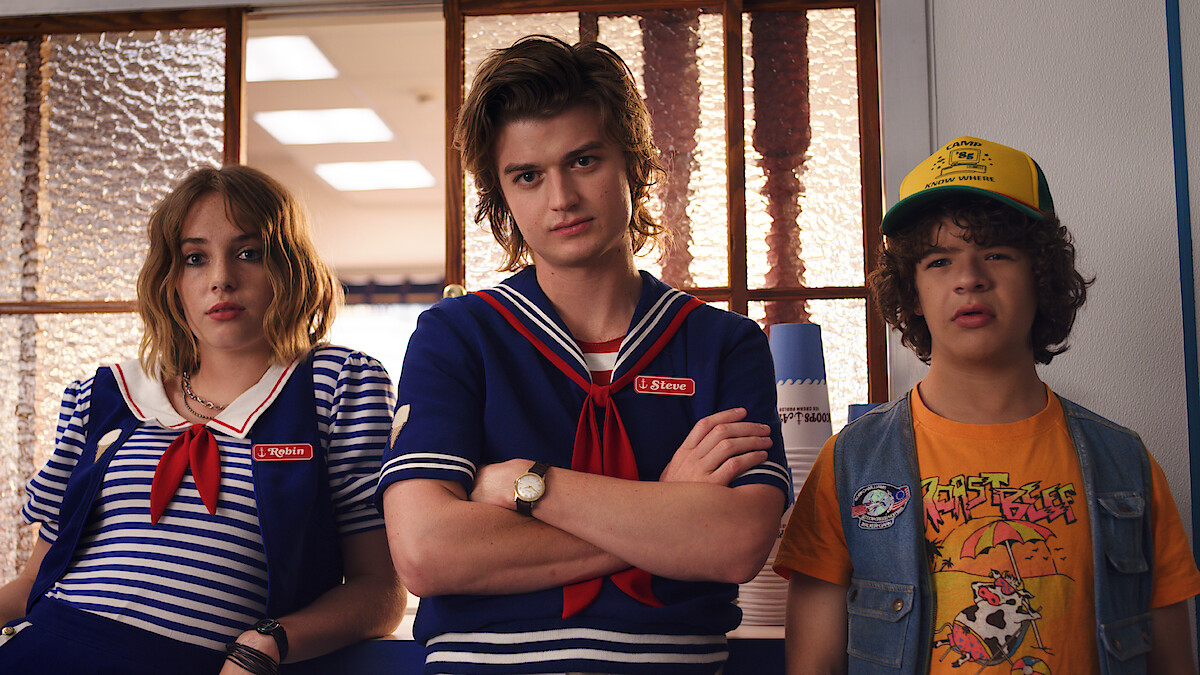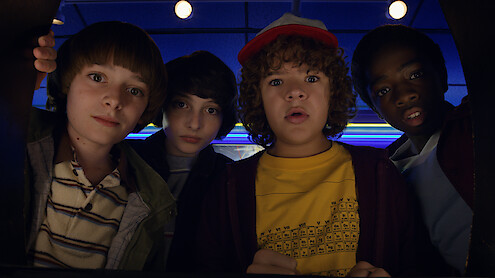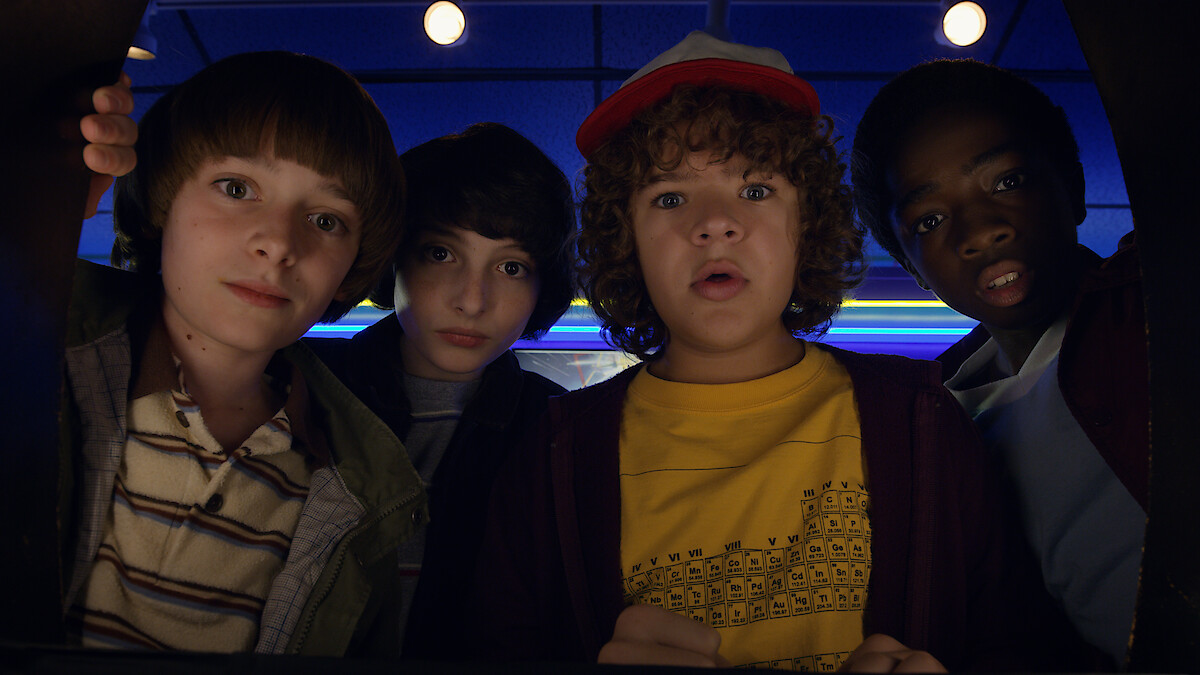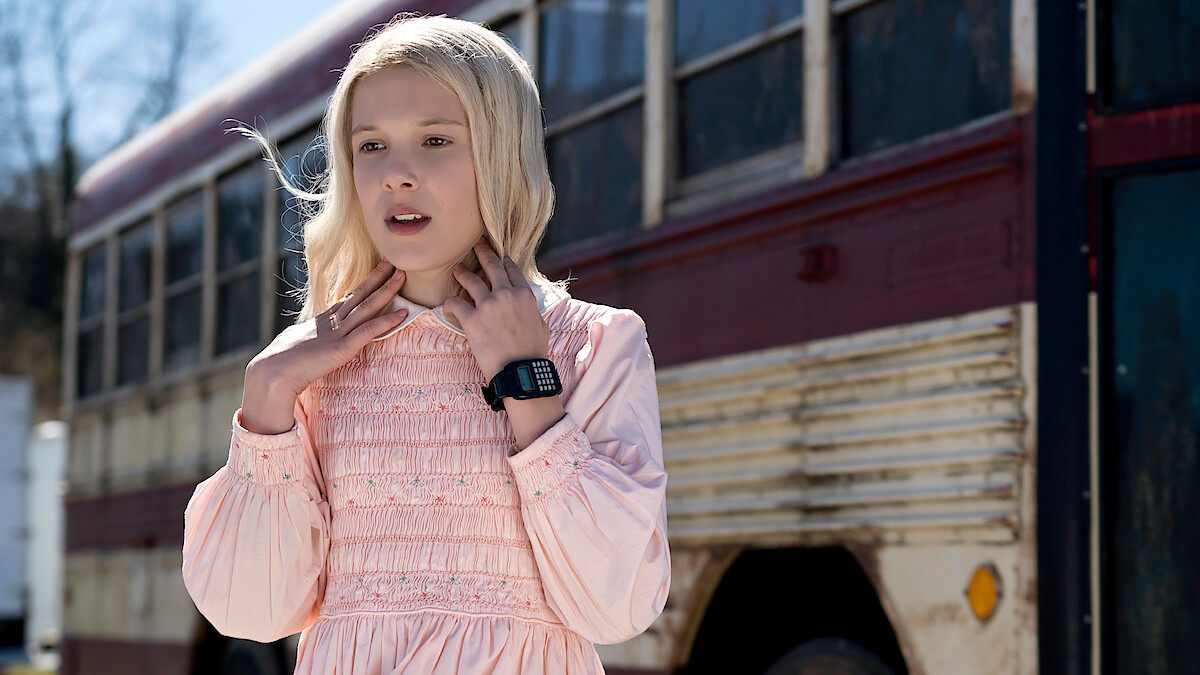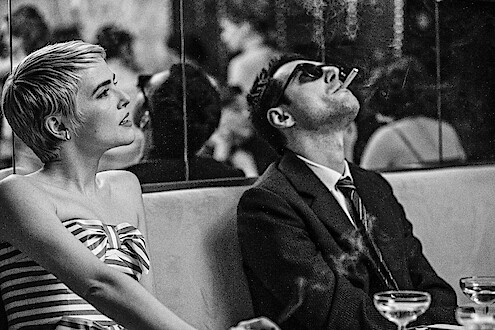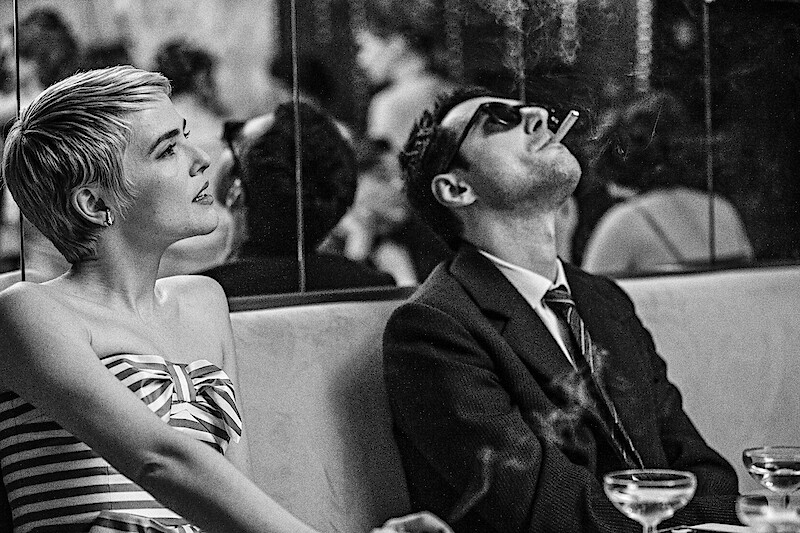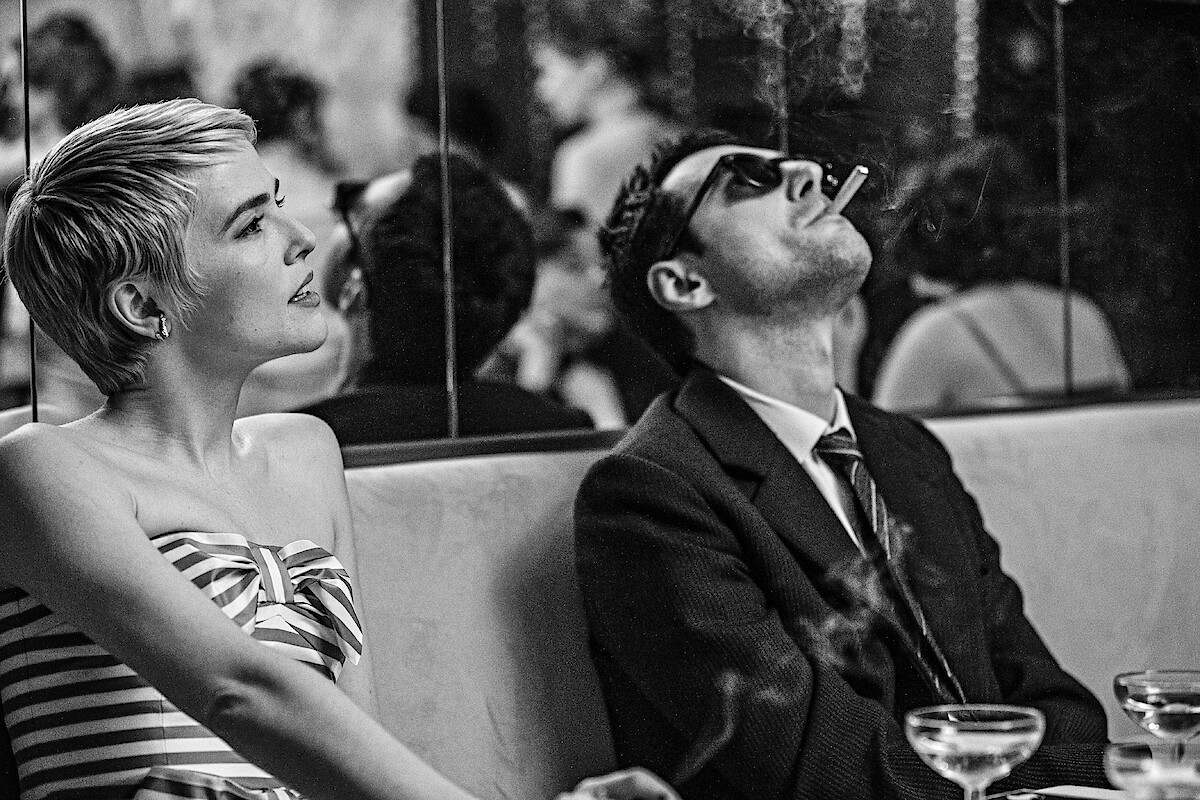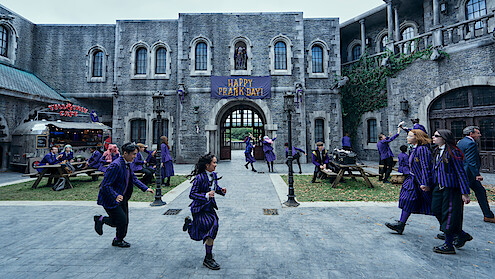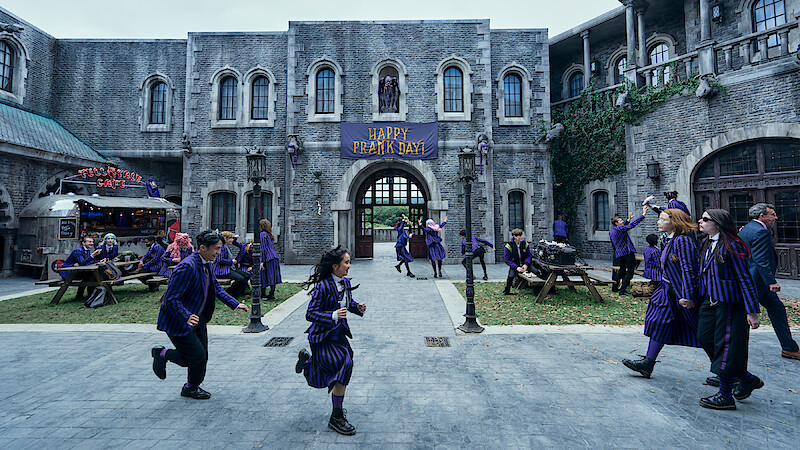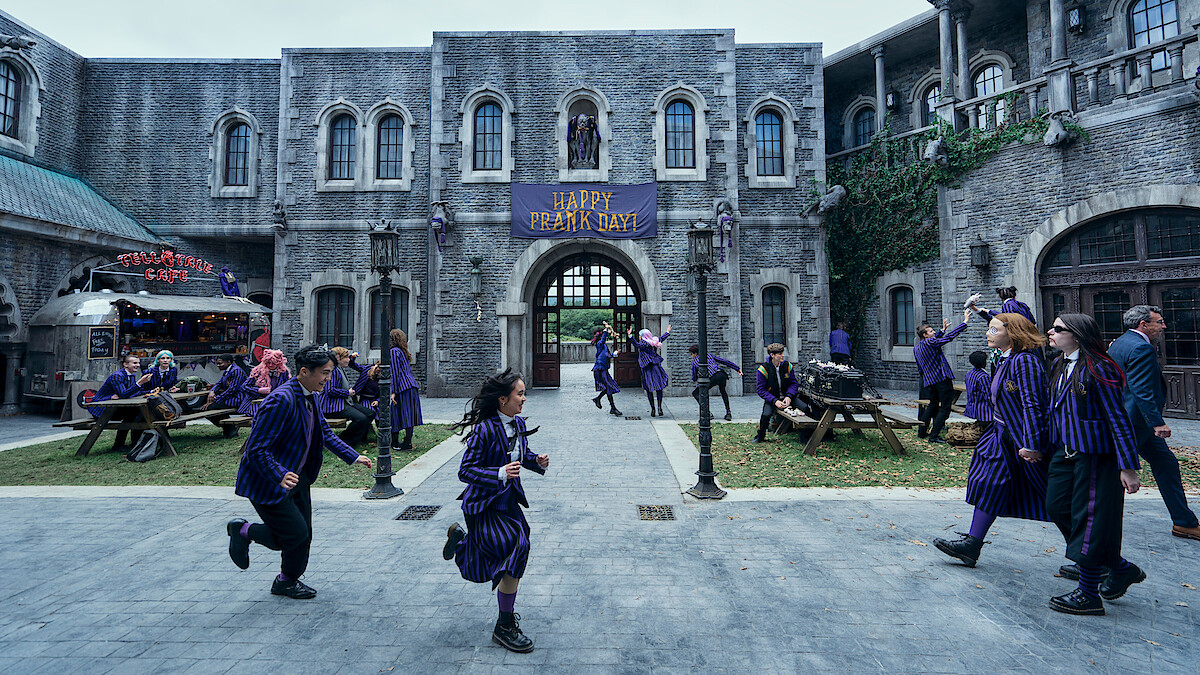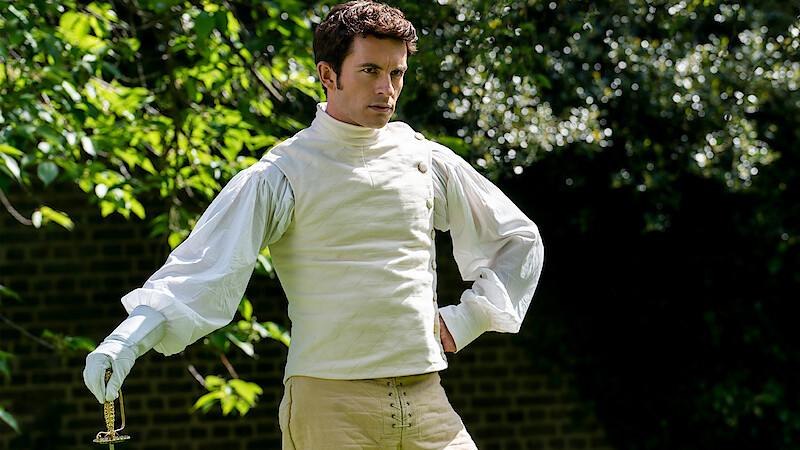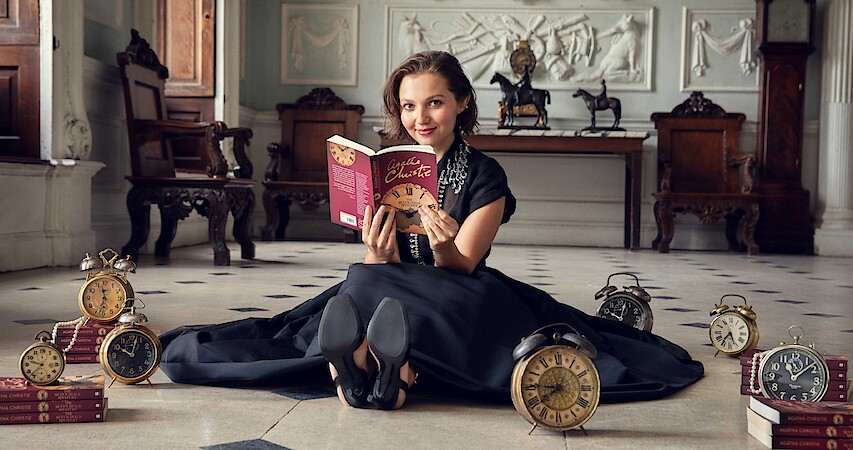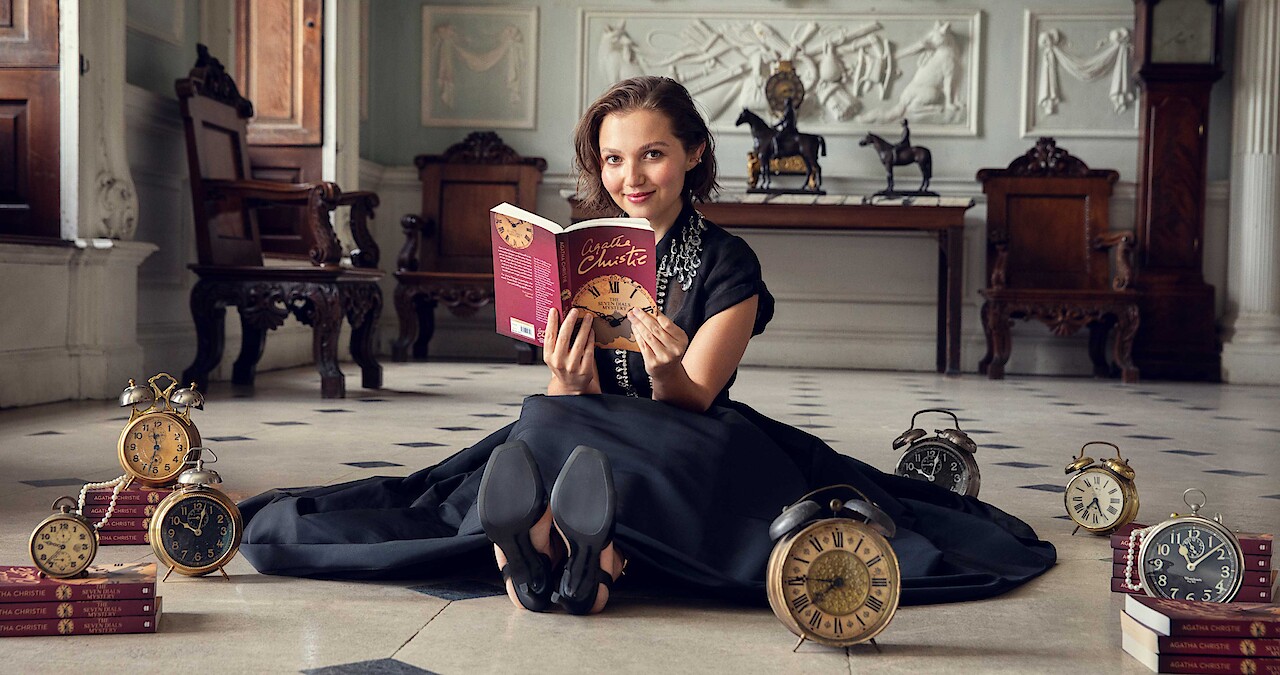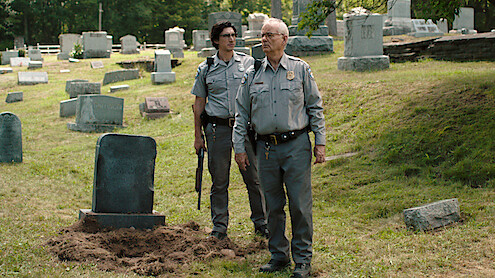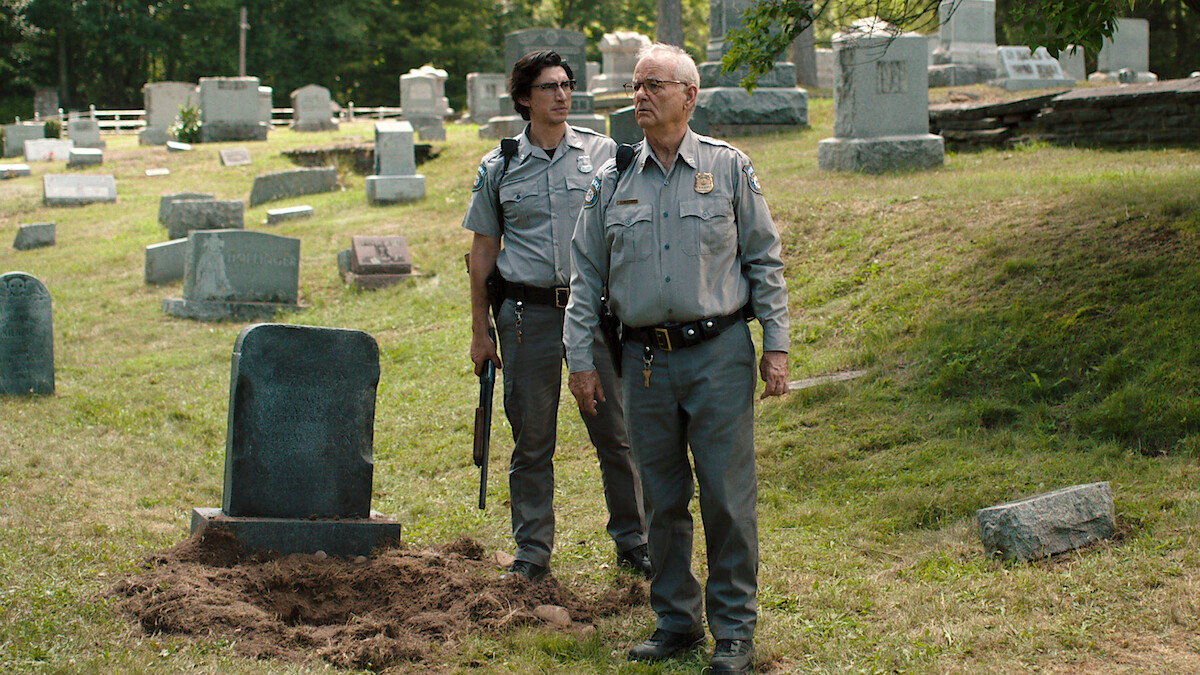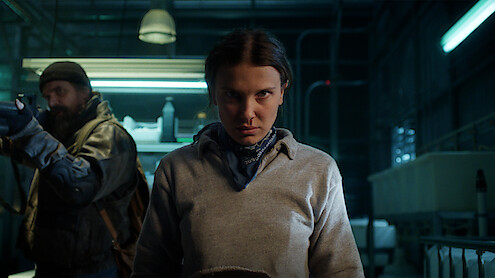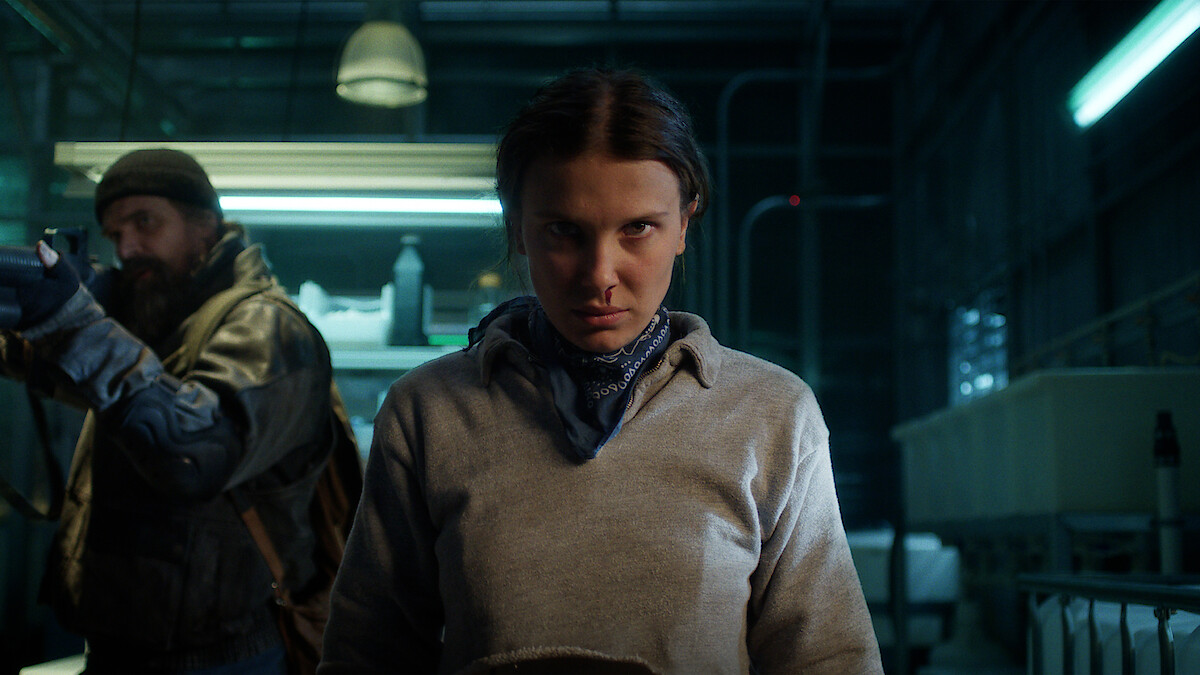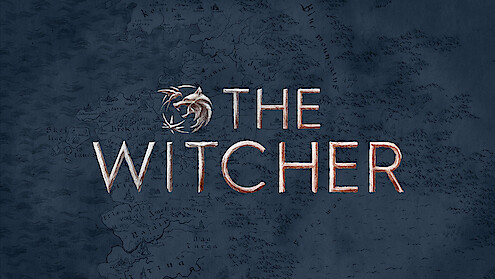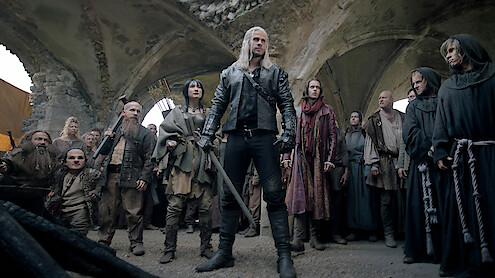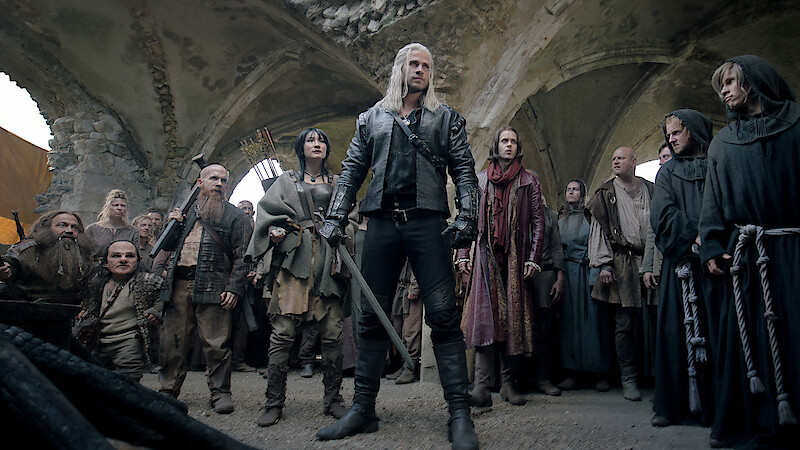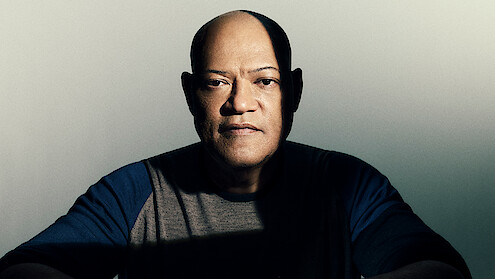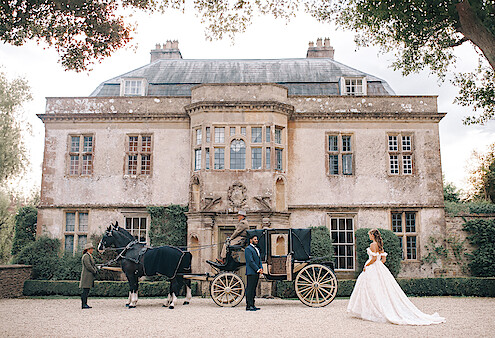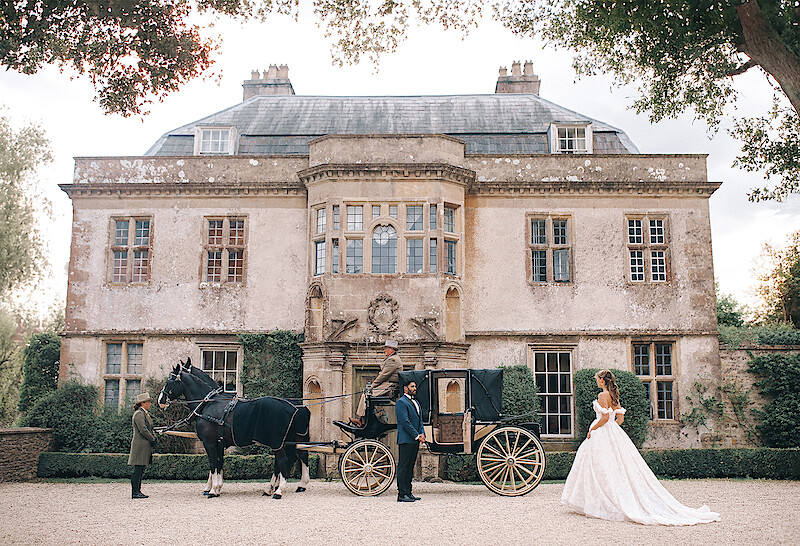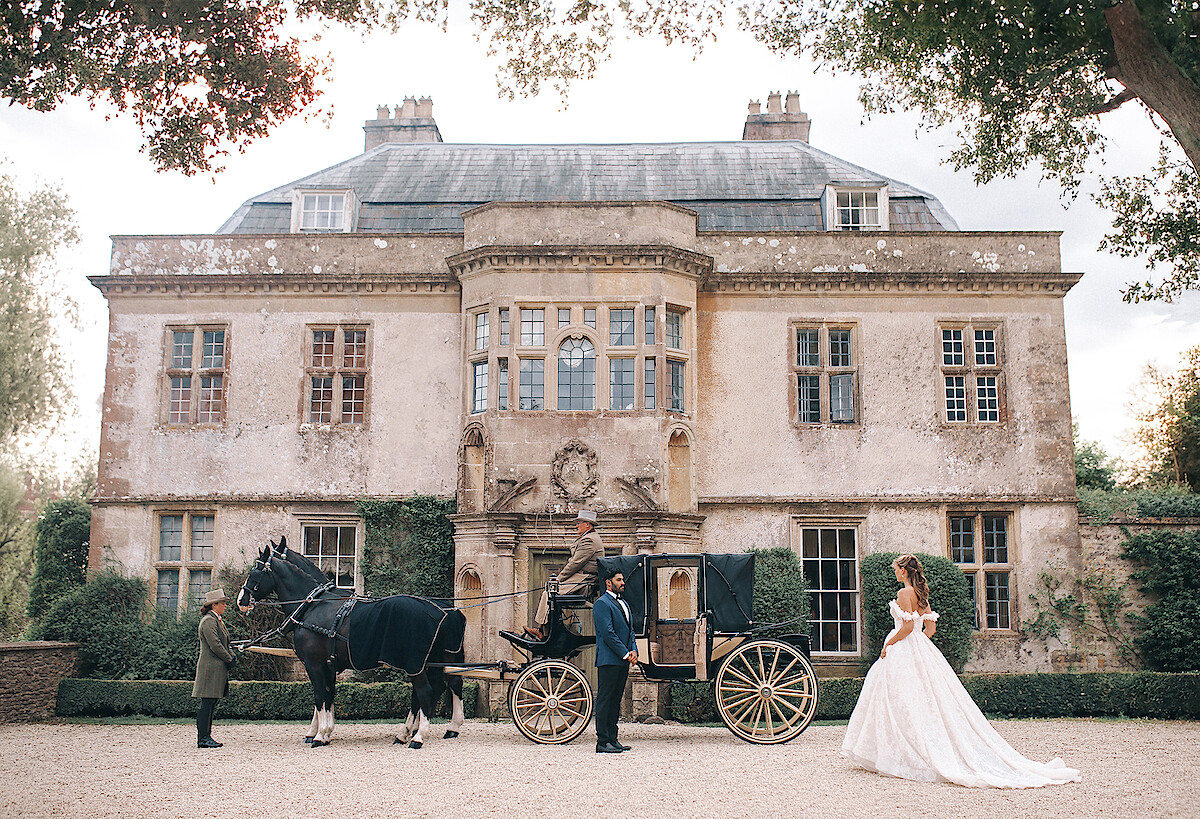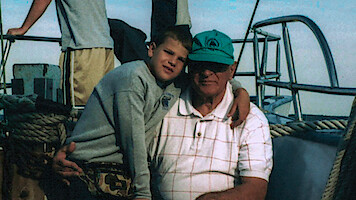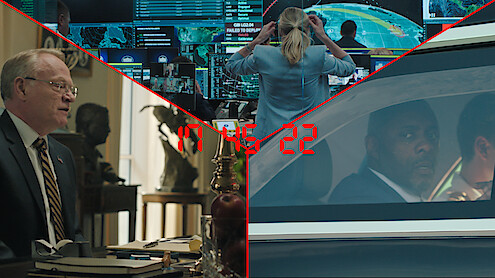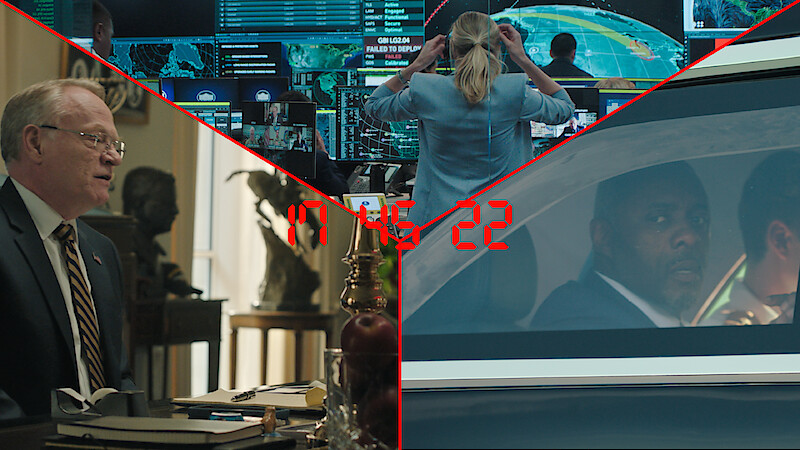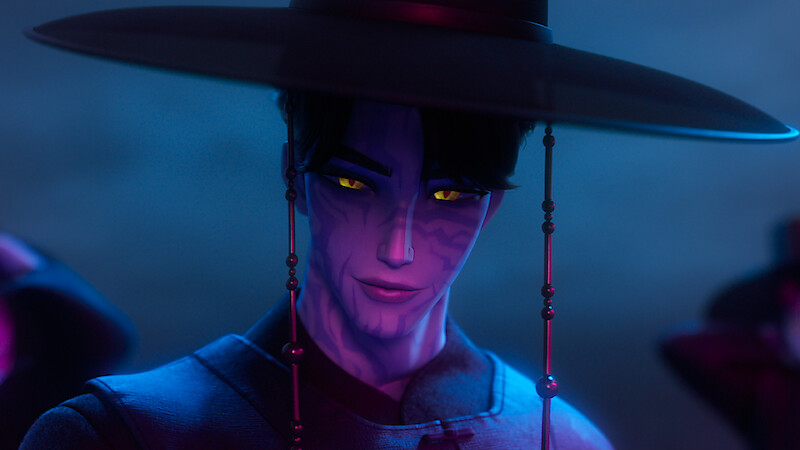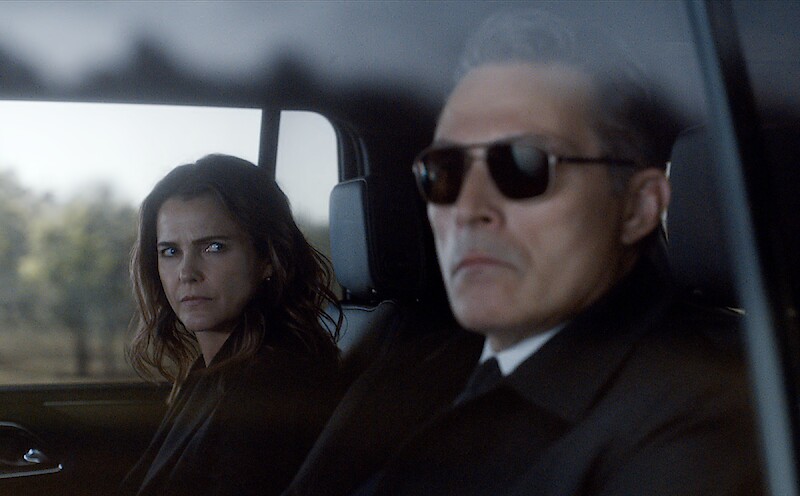
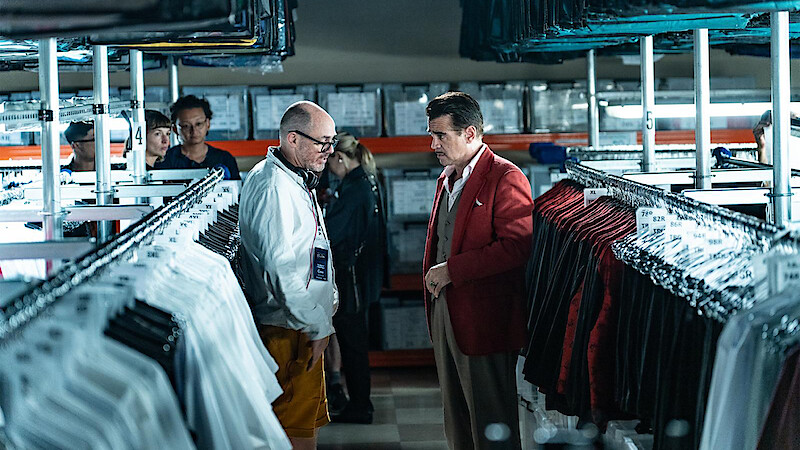
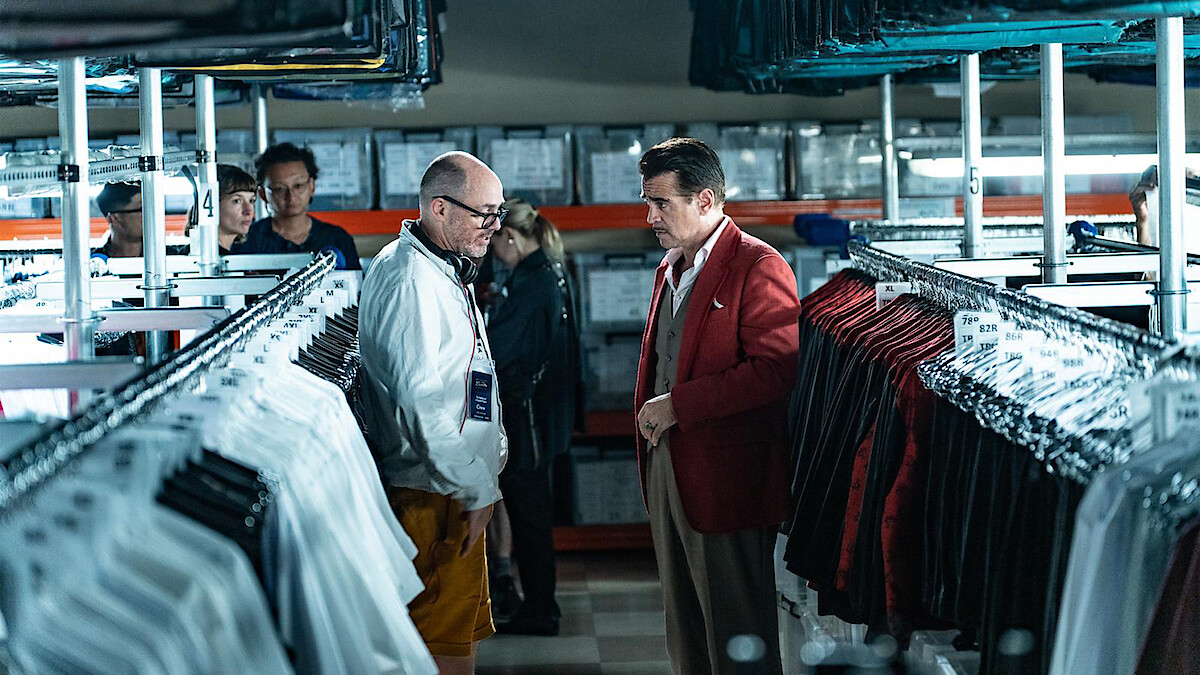



When Edward Berger’s producing partner Mike Goodridge handed him a copy of The Ballad of a Small Player, Lawrence Osborne’s 2014 Macao-set novel, he knew he’d found his next film. “It was so luscious, as the setting of Macao is luscious,” says the Academy Award–winning director of the story and the Asian island where it takes place. “You feel like all the plants will pop out of the earth at any second. That has to be in the film, that kind of feeling that anything could happen, and that’s why I don’t want to make a straight drama. There have been tons of movies made like that.”
Certainly, not many movies are like Ballad of a Small Player. With a riveting performance from lead Colin Farrell, and co-starring Fala Chen and Tilda Swinton, Ballad follows Lord Doyle, a high-rolling gambler whose endless appetite and addictive behaviors threaten his way of life, as he moves through Macao’s casino wonderland.
The movie’s gripping tension is what Berger and his films have become known for— All Quiet on the Western Front, his 2022 World War II film, took home the Academy Award for Best International Feature Film and three other Oscars for its up-close depiction of a soldier’s experience on the battlefield. His 2024 follow-up, Conclave, a thriller set behind the locked doors of a Vatican in transition, was nominated for the Academy Award for Best Picture and won the Oscar for Best Adapted Screenplay.
Here, Berger discusses his vision for Ballad of a Small Player, a film that transports the director and his audience into colorful new territory.

Director Edward Berger and actor Tilda Swinton
What was the initial journey that brought you, producer Mike Goodridge, and screenwriter Rowan Joffe together?
Edward Berger: Mike is a great friend. About eight years ago, he brought me a book set in Macao, The Ballad of a Small Player, written by Lawrence Osborne. Mike was the head of the film festival in Macao at the time and knew the life there and was very interested in Macao as a setting. I immediately said, “Oh, this is a wonderful place to go. The lush tropics of it, the contrast to the air-conditioned halls of all the biggest casinos in the world.”
We brought this book to [screenwriter] Rowan Joffe who really wonderfully responded to it and had a great take on this tale of addiction. Together we developed the screenplay over the last seven years. … We really tried to creep into the soul of this character.
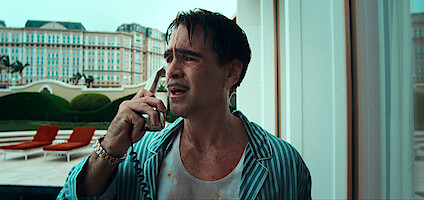



Your three recent films — All Quiet on the Western Front, Conclave, and now Ballad of a Small Player — have all been markedly different from one another. Is that something that you challenge yourself to achieve?
Berger: Very much so. You have to imagine a movie is almost like a conversation with yourself for years. You talk about it with your inner self, with your colleagues, with everyone around you, and eventually you say, “I really want to talk about something else.” If you compare, All Quiet has a very dark, vast drive, and Conclave has a very rigid world that’s almost like a prison. Ballad busts open and is full of life and color and energy that comes from Colin’s character’s inner drive to find himself. Kinetic is a very good word to describe the energy of Doyle, as well as the camera, the colors, the light, the costumes, the makeup — everything comes together to serve Colin’s character.

Actor Colin Farrell and Berger on set
What choices did you make to create a highly kinetic camera style to pull the audience in?
Berger: A lot of the style was fast camera moves, moving with Colin, trying to express with the camera whatever is going on inside his head. I’m a big believer in taking the audience by the lapel and dragging them through the movie from beginning to end.
Be it All Quiet, be it Conclave, be it Ballad of a Small Player, I want you to experience what the hero you’re watching goes through and to create the biggest possible identification with this character. And that’s what the camera is a big part of. The camera is the partner in that in terms of bringing Doyle’s inner demons to life, bringing whatever drives him, and whatever drives him crazy. And that might mean flipping the camera upside down, or throwing it in the air, or putting it underwater. Just having no limits. The camera shouldn’t be limited, especially in this story.
What challenges came as far as landing the tone of the film? What did you want the audience to experience?
Berger: On the surface you might paint this movie as a drama of a guy that goes through a bout of addiction. That can be a very heavy story, and I have no interest in making stories that reject the audience, that makes something heavy and indigestible. Taking the surroundings and this manic world into consideration, I thought, we’ve got to bring all this colorful, exploding life to the audience.
We wanted to make something completely new that embraces pop, opera, and drama with Tilda Swinton and Colin Farrell both bringing their great sense of humor into the film. Supernatural cultural elements and a ghost story are all part of the film. It’s a very thin needle to thread — you don’t want to unsettle the audience. You ask yourself, as an audience member, “Am I in a comedy or a drama? Am I in a ghost story?” And the thing is, you’re in all of it. And ideally you get to enjoy all those elements and enjoy an experience that you haven’t had before.


